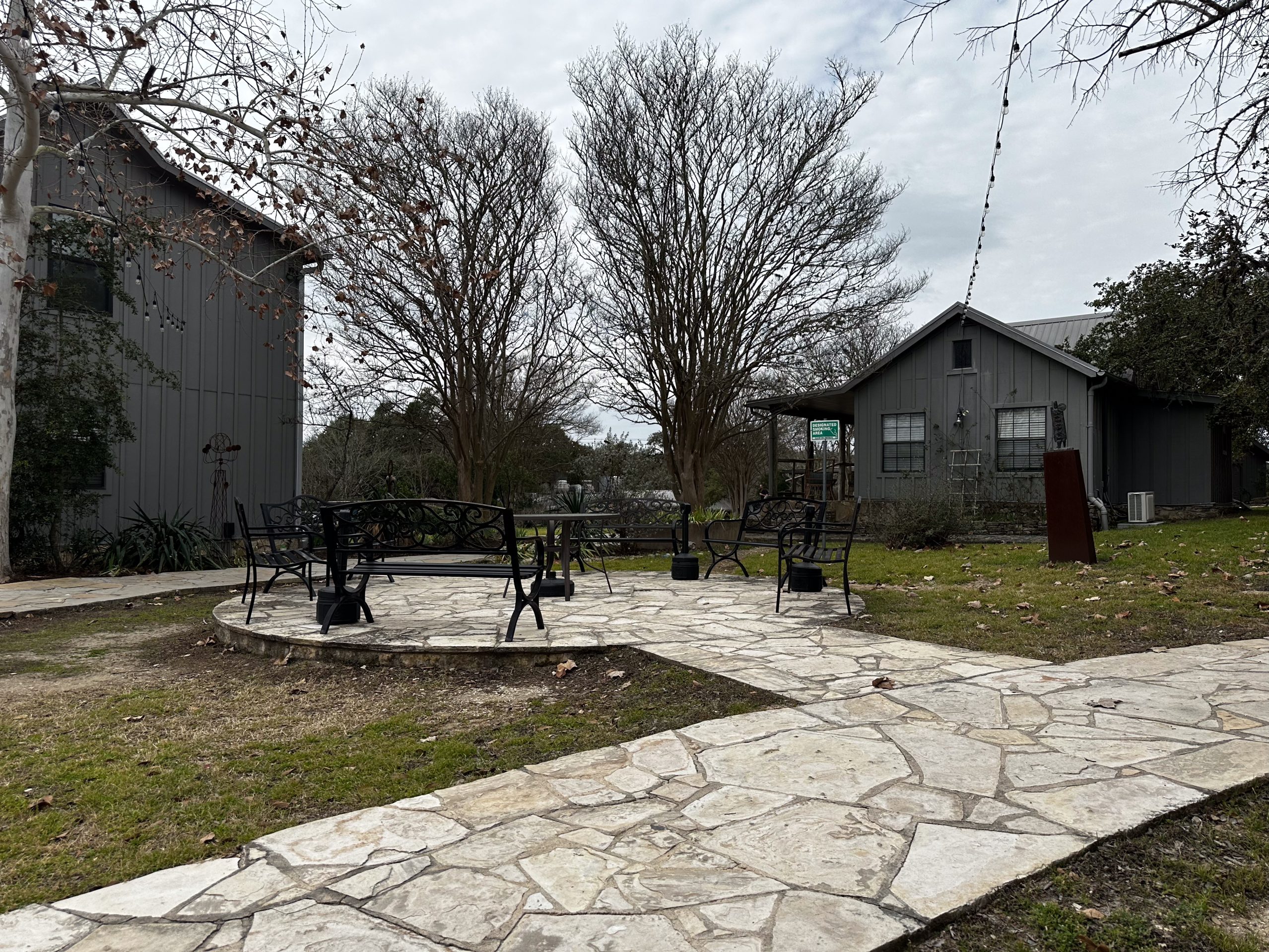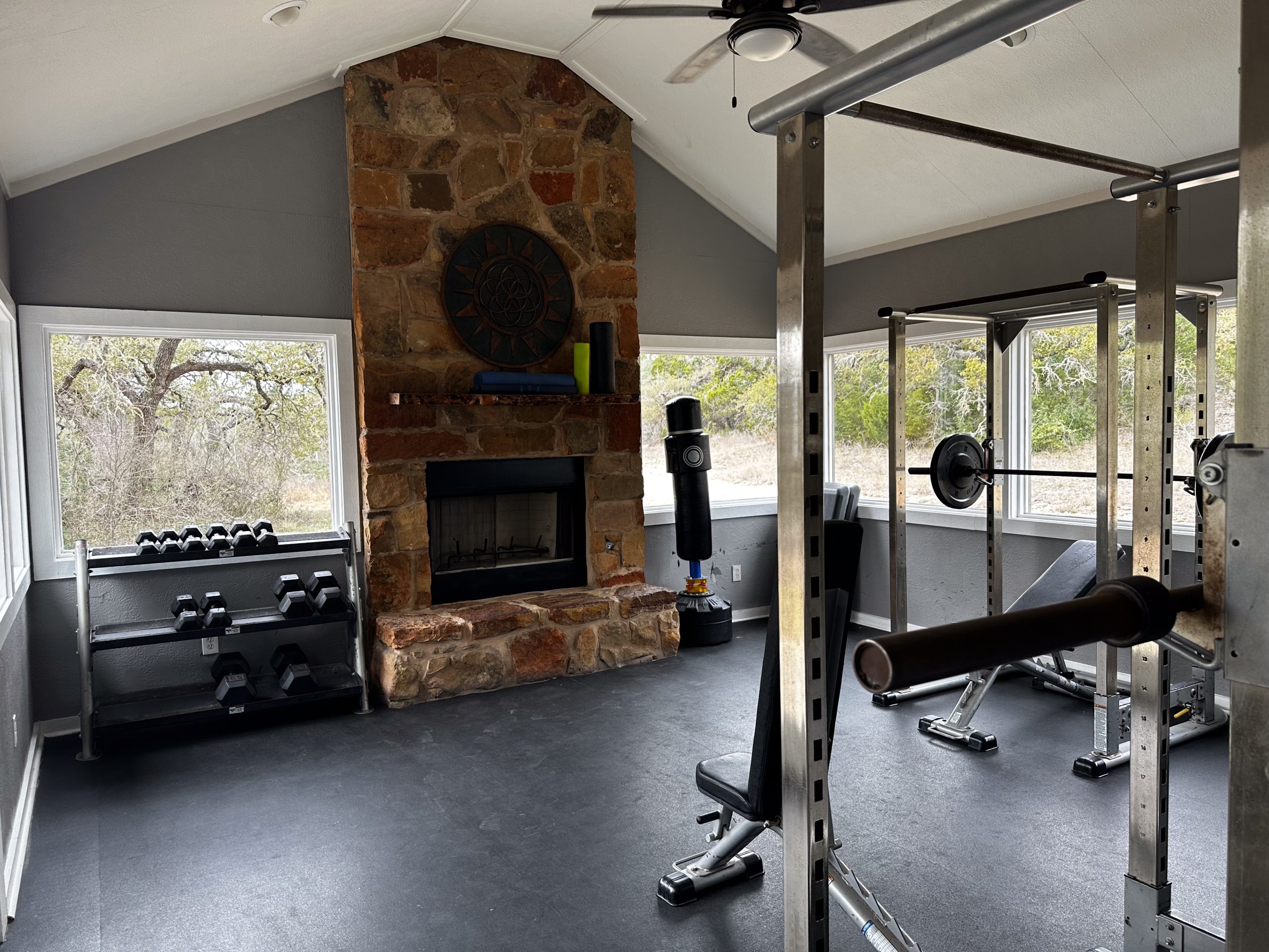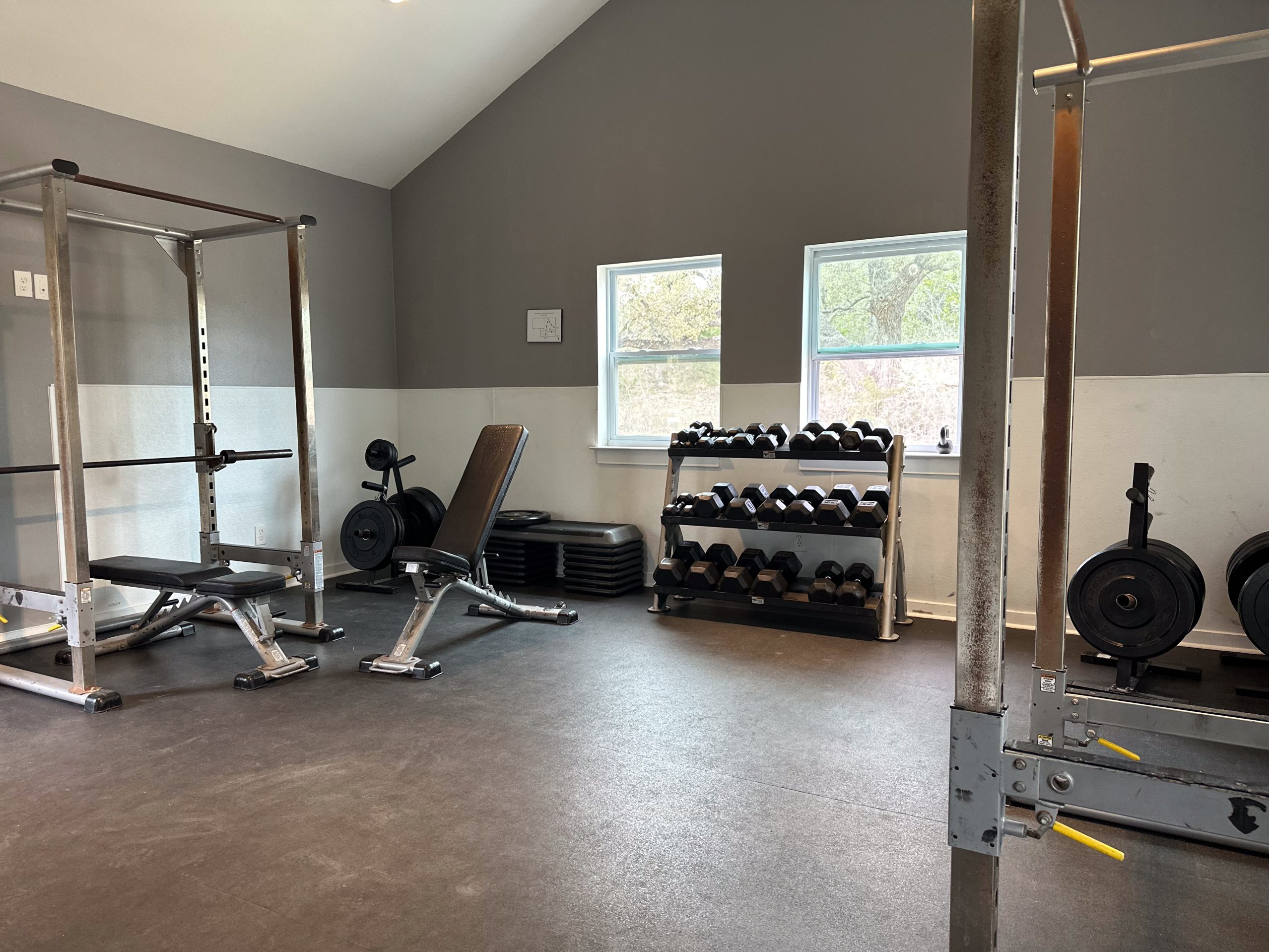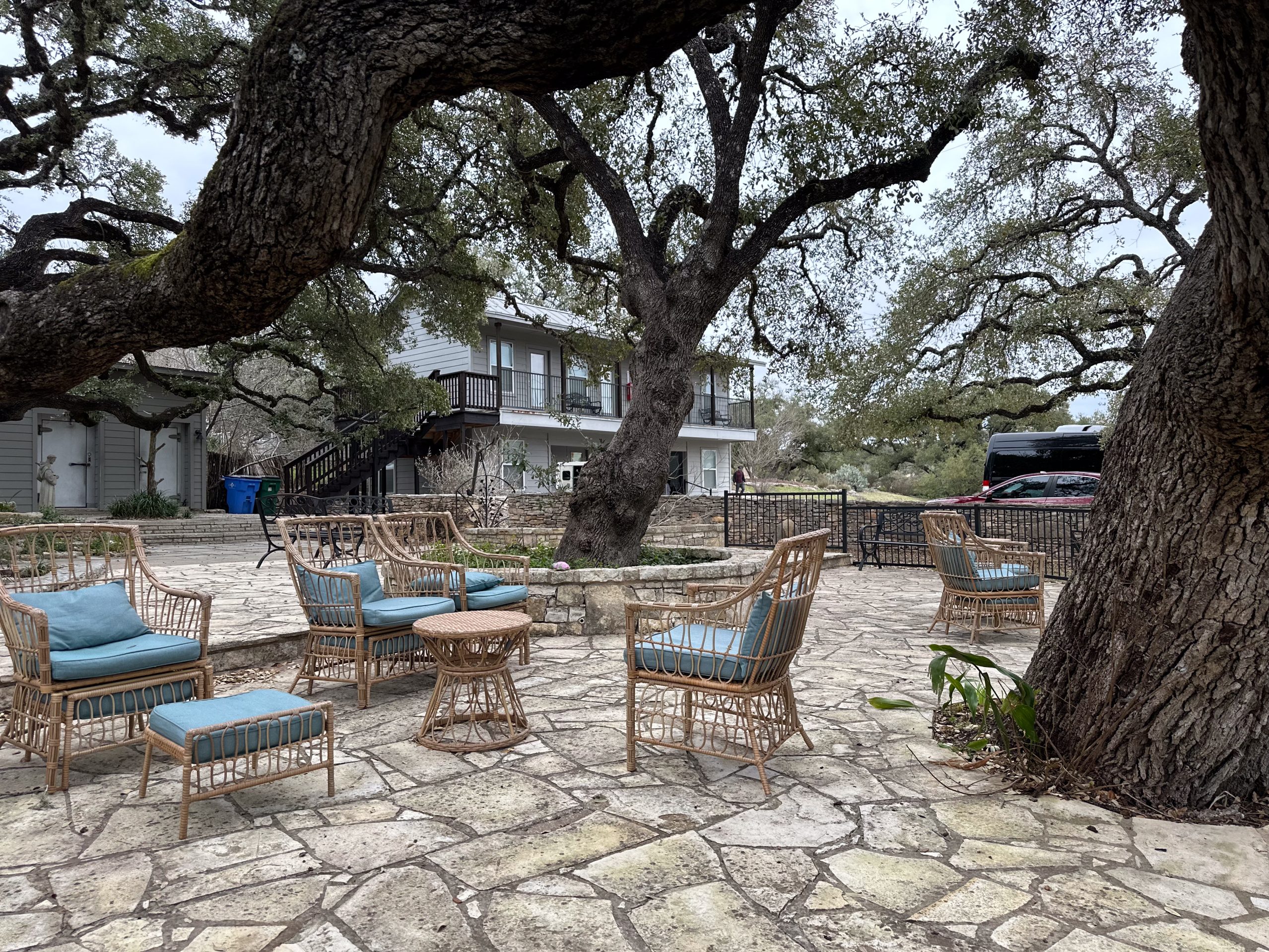Paxil Withdrawal: Symptoms, Detox, and Treatment Options
GET HELP TODAY!
100% Confidentiality Guaranteed


Drug Information
Brand / names: Paxil, Paxil CR; others: Pexeva, Brisdelle
Drug class: Selective Serotonin Reuptake Inhibitors (SSRIs).
About the Author
Site Admin
Key facts
- Paroxetine (brand: Paxil, Paxil CR; others: Pexeva, Brisdelle) is an SSRI prescribed for depression, anxiety disorders (GAD, SAD, PD, PTSD, OCD), PMDD, and menopausal hot flashes (Brisdelle).
- Typical adult starting doses are 10–20 mg once daily, titrated by response and tolerability. Max daily doses vary by condition.
- The drug’s half‑life is ~21 hours, which helps explain why withdrawal (discontinuation) symptoms can appear quickly if stopped abruptly.
- All antidepressants carry an FDA boxed warning about increased risk of suicidal thoughts in young adults—monitor mood changes closely, especially when starting or changing dose.
- Paroxetine is not a controlled or “addictive” drug, but dependence and withdrawal can occur if it is stopped too fast. Slow, supervised tapering reduces risk.
What is paroxetine (Paxil)?
Paxil (paroxetine) is a prescribed medication in the class of drugs known as selective serotonin reuptake inhibitors. It helps balance brain chemicals by increasing serotonin, which improves mood and reduces anxiety. The Food and Drug Administration (FDA) approves Paxil for several mental health issues. These include major depressive disorder and post-traumatic stress disorder.
Though effective, Paxil can lead to dependence and intense Paxil withdrawal symptoms, especially when stopped abruptly. Knowing how to manage these symptoms is essential for long-term recovery.
Some patients also use NSAIDs for pain; learn about meloxicam and its risks.










Why Paxil Is Prescribed
Paxil is commonly used to treat:
- Depression and depressive anxiety
- PTSD and panic disorders
- PMDD and social anxiety
- OCD and GAD
Doctors may also prescribe it off-label to treat hot flashes or nerve pain. While effective, patients must take Paxil exactly as directed by a medical professional.
Is Paxil “addictive”?
No. Paroxetine isn’t a controlled substance and doesn’t cause euphoria like benzodiazepines or opioids. However, dependence and withdrawal (called antidepressant discontinuation syndrome) can happen with abrupt stops or large dose cuts—particularly with paroxetine because of its shorter half‑life (~21 h).
How Paxil Works
Paxil prevents the brain from reabsorbing serotonin too quickly. This action is typical among serotonin reuptake inhibitors SSRIs and helps improve symptoms. The medication can be a powerful tool for treating depression, though long-term use may lead to dependency.
Dosage and strengths (adults)
Always follow your prescriber’s plan; the ranges below summarize common practice.
- Forms/strengths:
- IR tablets: 10 mg, 20 mg, 30 mg, 40 mg
- CR tablets: 12.5 mg, 25 mg, 37.5 mg
- Oral suspension (10 mg/5 mL)
- Starting doses: Most adults begin at 10–20 mg once daily (morning is typical), increasing gradually as needed. Elderly patients and those with hepatic/renal impairment often require lower maximums.
- By condition (typical ranges):
- Depression (MDD): 20–50/60 mg/day (IR); CR 25–62.5 mg/day.
- Panic disorder / Social anxiety / GAD / OCD / PTSD: dose‑titrated in 10 mg steps to response; many patients respond 20–40 mg/day.
- PMDD: Paxil CR 12.5–25 mg/day.
- Menopausal hot flashes: Brisdelle 7.5 mg at bedtime.
Missed dose: Take it when remembered unless it’s close to the next dose—don’t double up.
Safety, boxed warning, and who should not take it
All SSRIs, including paroxetine, carry an FDA boxed warning about suicidal thoughts/behavior in younger adults, especially when starting therapy or changing the dose. Monitor and contact your provider immediately for concerning mood changes.
Do not take paroxetine with or within 14 days of an MAOI; do not combine with pimozide or thioridazine due to serious interactions.
Pregnancy & breastfeeding: discuss risks/benefits with your clinician; some data link first‑trimester exposure to congenital risks and late‑pregnancy exposure to neonatal complications.
Interactions to know about
Common Side Effects
Paxil can cause side effects such as weight gain, sleep issues, and nausea. In some cases, people report weight loss instead. Like many types of antidepressants, Paxil affects each person differently. Working closely with your doctor and watching for new or worsening symptoms is important.
Side effects
Common: nausea, sleep changes, sweating, sexual side effects, dizziness, dry mouth, GI changes, headache.
Serious—seek care: serotonin syndrome (agitation, fever, tremor), severe bleeding, seizures, severe rash, hyponatremia (confusion), eye pain/vision changes
Risk of Dependency and Misuse
While Paxil isn’t considered addictive in the traditional sense, studies show that misuse can lead to dependence. According to the National Survey on Drug Use, many people misuse different types of drugs, including antidepressants. Misuse may include taking more than prescribed or combining with drugs or alcohol.
Dependence, misuse, and when treatment helps
Most people take paroxetine as prescribed. If you’re using more than prescribed, combining with alcohol or other drugs, or you can’t cut down despite harm, that’s a sign to get help. We offer medical detox, residential treatment, IOP, and sober living with a long‑term recovery focus.
Recognizing the Warning Signs
Misuse might look like:
- Taking larger doses than prescribed
- Combining Paxil with alcohol or other substances
- Ignoring personal and professional responsibilities
- Feeling unable to function without the drug
If these behaviors appear, reach out to a mental health professional or health service right away.
Symptoms of Withdrawal
People may experience strong symptoms of withdrawal if they stop using Paxil too quickly. These can include:
- Headaches and dizziness
- Anxiety and irritability
- Mood swings
- Symptoms of depression
- Trouble sleeping
- Electric shock sensations or “brain zaps”
These are known as psychological withdrawal symptoms and can be overwhelming without support.
These drugs include sedatives, opioids, and stimulants. When used together, they can worsen symptoms and increase the risk of serious health events.
Paxil Withdrawal Timeline
The Paxil withdrawal timeline varies from person to person. Most people experience symptoms within the first 1–2 days after stopping. Symptoms often peak around day 4–6 and start improving after 2–3 weeks. For some, symptoms may last over a month.
Suddenly stopping the medication can make these effects worse. That’s why talking to your doctor before tapering is vital.
Paroxetine withdrawal (discontinuation): symptoms & timeline
Symptoms may include dizziness, nausea, headache, sleep problems, “brain zaps,” anxiety/irritability, flu‑like symptoms, and sensory changes.
When they appear: often 2–3 days after a large reduction or stop (short half‑life). Many people improve in 4–6 weeks, but some need more time—especially after long‑term use.
When to seek urgent help: If you or a loved one has suicidal thoughts, new severe agitation, or neurological red flags, call 988 or emergency services.
What to Do in a Crisis
Some people feel confused or even suicidal during withdrawal. In extreme cases, don’t hesitate to call 911. A quick response can prevent harm and stabilize your condition.
Always have a safety plan in place. Involve a family member or trusted friend who can support you if symptoms escalate.
Detox and Medical Support
A structured detox is the safest way to come off Paxil. A medical condition like high blood pressure or seizures may complicate withdrawal. That’s why medical detox includes:
- Tapering the medication slowly
- Monitoring by trained staff
- Emotional and mental health support
These steps help reduce symptoms and prepare you for treatment.
How to taper safely (principles, not a prescription)
- Reduce in stages; go slower if symptoms occur. National guidance recommends gradual dose reductions tailored to the person.
- Many clinicians use smaller percentage reductions (e.g., ~10% of the previous dose at intervals of 2–4+ weeks), adjusting based on symptoms. Liquid formulations can help make small cuts.
- Some prescribers bridge to fluoxetine (longer half‑life) before the final taper if symptoms are difficult, though evidence is mixed—decide with your clinician.
Nova Recovery Center can help: If withdrawal is severe, complicated by polysubstance use, or co‑occurs with alcohol/benzodiazepines, our medical team provides supervised stabilization, evidence‑based therapy, and aftercare planning.
Treatment Options for Recovery
After detox, continued care is crucial. Options include:
Inpatient Drug Rehab
This setting provides 24/7 care and helps people manage both addiction and co-occurring substance use disorders. It often includes:
- Group therapy and individual therapy
- Medical supervision
- Help building coping skills
Outpatient Drug Rehab
Outpatient drug rehab is a flexible choice for people with strong support systems. Patients attend therapy during the day but live at home. It includes access to:
- Talking therapies
- Counseling
- Peer support groups
This is often a great treatment option for mild to moderate dependency.
Residential Drug Rehab
In residential drug rehab, individuals live at the facility full-time. These programs offer:
- Daily structure and routine
- Access to long-term therapy
- Focus on lifestyle and social skills
This setting supports long term recovery and helps people avoid relapse.
Frequently Asked Questions About Paroxetine (Paxil) Dosage, Side Effects, Withdrawal, and Interactions
What drug is closest to Paxil?
Drugs most similar to Paxil are other SSRIs, such as Zoloft (sertraline), Prozac (fluoxetine), and Lexapro (escitalopram). These medications work in a similar way but may have different side effect profiles.
Does Paxil make you sleepy?
Yes, Paxil can cause drowsiness and fatigue in some people. Others may experience insomnia instead. Adjusting the time of day you take Paxil may help reduce side effects.
Is Zoloft and Paxil the same thing?
No, Zoloft (sertraline) and Paxil (paroxetine) are both SSRIs, but they are different medications. Zoloft is often considered more activating, while Paxil is more sedating. The choice depends on symptoms and individual response.
Who cannot take Paxil?
Paxil may not be safe for people with:
- Severe liver disease
- Glaucoma
- A history of seizures
- Use of certain medications (like MAOIs)
Pregnant women and breastfeeding mothers should also consult their doctor due to potential risks.
How long can you stay on Paxil?
Many people take Paxil safely for months or even years under medical supervision. Long-term use should always be monitored by a doctor to assess effectiveness and manage side effects.
What are Paxil eyes?
“Paxil eyes” is a term some patients use to describe blurred vision or difficulty focusing while on Paxil. This is a known side effect and should be discussed with a doctor if it becomes bothersome.
Is Paxil the same as Zoloft or Xanax?
No. Paxil and Zoloft are both SSRIs, but different molecules; Xanax (alprazolam) is a benzodiazepine.
How long does Paxil stay in your system?
The half‑life is ~21 hours, so levels fall by half about every day; tapering still needs to be gradual.
What shouldn’t I take with paroxetine?
MAOIs, pimozide, thioridazine, and certain serotonergic or QT‑prolonging drugs; use caution with NSAIDs/aspirin and St. John’s wort. Always check with your prescriber.
Can I take it during pregnancy or breastfeeding?
Discuss risks and benefits with your obstetric and psychiatric providers; decisions are individualized.
What dose is “low”? Is 10 mg enough?
Some start at 10 mg and titrate to response; appropriate dose depends on indication and tolerance.
What exactly does Paxil do?
Paxil (paroxetine) is an SSRI antidepressant that increases serotonin levels in the brain. It helps regulate mood, reduce anxiety, and improve symptoms of depression, panic disorder, social anxiety, and obsessive-compulsive disorder.
Are Paxil and Xanax the same thing?
No, Paxil and Xanax are different. Paxil is an SSRI taken daily for long-term management of depression and anxiety disorders. Xanax (alprazolam) is a benzodiazepine used for short-term relief of acute anxiety or panic attacks.
Freedom Starts Here. Take Back Your Life Today.
Same-Day Admissions in Austin Available.
Building a Treatment Plan
A personalized treatment plan is key to successful recovery. This often includes:
- Sessions with a mental health professional
- Adjusting or switching to a safer antidepressant medication
- Lifestyle coaching and relapse prevention
- Education on medication risks
Every recovery plan is different and should be designed around your goals and challenges.
Life After Rehab
Recovery doesn’t end with detox or rehab. Ongoing care includes:
- Sober living homes
- Attending weekly check-ins
- Managing symptoms with your doctor
- Building routines for mental health
- Staying involved in peer groups
Maintaining your recovery may also include avoiding drink alcohol triggers or high-stress environments.
A Path Toward Healing
If you’re struggling with Paxil dependence, support is available. From detox to inpatient treatment or outpatient programs, each path is valid. Programs based on evidence from the drug administration fda help ensure safety and success.
No matter where you begin, remember that help is out there. Healing is possible with the right people, the right tools, and the right mindset.

